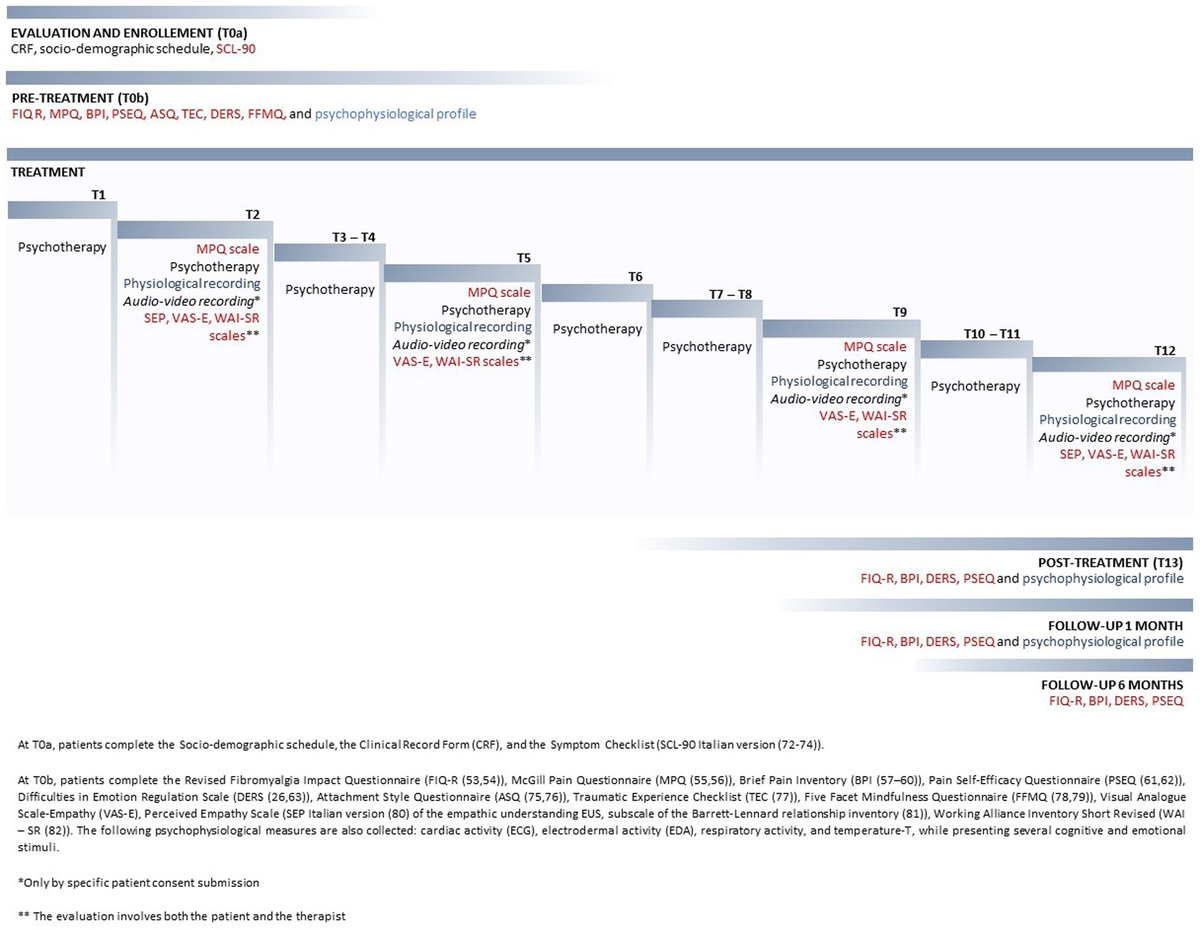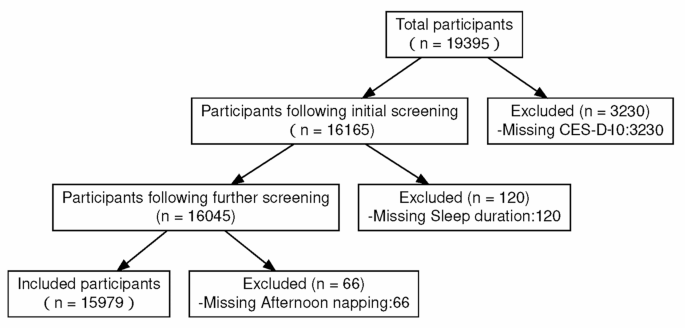Chronic pain is a debilitating condition affecting millions of older Americans,1 and veterans with psychiatric disorders are particularly susceptible to pain issues.2 Traditional therapies like cognitive behavioral therapy (CBT) have shown some effectiveness in pain relief but do not address the psychiatric component.3 CBT focuses on identifying and modifying negative pain-related thoughts and behaviors,4 while emotional awareness and expression therapy (EAET) aims to enhance patients’ ability to recognize and express emotions related to their pain experiences.5
Previous studies on EAET may offer a more potent approach for pain management, but these investigations typically included young white females as the primary study population.6,7 While seemingly promising, the explicit impact of EAET in older and more diverse populations remains unvalidated.3

In a recent report published in JAMA Network Open, Brandon Yarns, MD, MS, from the Department of Mental Health in the VA Greater Los Angeles Healthcare System, and colleagues, stated, “Given preliminary evidence of efficacy of group-based EAET in small samples of diverse older veterans, the current full-scale trial evaluated whether group-based EAET is superior to CBT among a racially and ethnically diverse cohort of older veterans on the primary outcome of pain severity…”3
Study design and participant demographics
This randomized clinical trial compared the efficacy of EAET to CBT in managing chronic pain and associated mental health conditions among older veterans. The researchers recruited 126 primarily male (n=116; 92%) veterans with a mean age of 71.9 (SD=5.9) years from the US Department of Veterans Affairs Greater Los Angeles Healthcare System. Most participants were Black (n=69; 55%), and all participants had experienced chronic musculoskeletal pain for at least 3 months, temporomandibular joint disorder, fibromyalgia, or tension headache. None were receiving EAET or CBT as part of their treatment plan at the time of enrollment. Additionally, most participants (n=87; 69%) had psychiatric diagnoses, and 47 participants (37%) had posttraumatic stress disorder (PTSD).3
Participants were divided into 2 intervention groups3:
- EAET Group (n=66): Received individual and group sessions focused on identifying and expressing emotions related to their pain experiences, using material specifically developed and piloted and/or adapted for this population.
- CBT Group (n=60): Underwent individual and group sessions centered on cognitive restructuring and developing coping skills to manage pain-related thoughts and behaviors, using the previously developed VA Cognitive Behavioral Therapy for Chronic Pain manual.
Both intervention types consisted of 1 initial 90-minute individual session followed by 8 weekly 90-minute sessions with mean 6.3 (SD=1.6) veterans per group, all in person. The primary outcome measure was the Brief Pain Inventory pain severity score, assessed at baseline, post-treatment (week 10), and at a 6-month follow-up. Secondary outcomes included measures of anxiety, depression, fatigue, sleep disturbance, pain interference with daily life, and overall patient perception of change. No significant baseline differences existed between individuals with or without posttreatment and follow-up data.3
EAET demonstrates superiority in pain reduction
Although both therapies significantly reduced pain, the study yielded promising results for EAET. Compared to CBT, veterans receiving EAET experienced significantly greater reductions in pain severity. At post-treatment, the EAET group showed superior pain reduction compared with the CBT group (estimate −1.59 [95% CI, −2.35 to −0.83]; P<.001). This difference remained statistically significant at the 6-month follow-up, with only the EAET group showing a reduction of pain from baseline (−1.01 [95% CI, −1.78 to −0.24]; P=.01).3
Importantly, clinically significant pain reduction (at least 30%) was achieved by 63% of veterans in the EAET group compared to only 17% in the CBT group at posttreatment (odds ratio [OR], 21.54 [95% CI, 4.66 to99.56]; P<.001 and the effect of EAET persisted until the 6-month follow-up (41% vs 14%; OR, 7.24 [95% CI, 1.74 to 30.06]; P=.006: EAET vs CBT respectively). More veterans in the EAET group also achieved 50% pain reduction (35%vs 7%; OR, 11.77 [95% CI, 2.38-58.25]; P=.002).3
The study also explored secondary outcomes, including depression, anxiety, fatigue, sleep disturbance, and overall life satisfaction. Here too, EAET demonstrated a clear advantage. Participants in the EAET group reported greater improvements across all these measures compared to the CBT group.3
EAET improved underlying emotional and mental health issues
Chronic pain often presents with mental health conditions like depression, anxiety, and PTSD, which are particularly prevalent among veterans. These conditions can potentially exacerbate pain perception. Veterans in the EAET group reported a significant decrease in depressive and anxiety symptoms, leading to an overall improvement in their quality of life.3
The authors noted, “The present trial is only the third to directly compare EAET with CBT. […] Moreover, while previous research indicated a less favorable response to CBT among patients with the common comorbidities of depression and anxiety, the current trial indicated that EAET is especially effective for such patients. Thus, the current trial provides the strongest evidence to date supporting the superiority of EAET over CBT.”3
The study’s findings suggest that by addressing the emotional underpinnings of chronic pain, EAET might also improve related mental health issues.3
Limitations and future directions
As with any research, this study has limitations. Dr. Yarns and coauthors recognize their results may not be applicable to younger patients or to those who have not served in the military. They also stated the therapists’ backgrounds were not exactly matched to the intervention for which they led sessions. It also remains unclear if EAET would be as effective in telehealth sessions.3
While the study included a racially and ethnically diverse group of veterans, the authors acknowledge the need for further research to explore potential differences in treatment response across various demographics and to identify specific veteran subgroups who might benefit most from this intervention. Tailoring interventions to address specific cultural and clinical needs is crucial for optimizing pain management for all veteran populations. Additionally, developing and disseminating training programs for therapists to deliver EAET effectively is crucial for wider implementation.3
Despite these limitations, the study’s findings demonstrate promise for EAET as a complementary or even primary therapy for managing chronic pain, particularly when mental health conditions are a concern. EAET holds great promise as a potent therapeutic option for managing chronic pain in older veterans.3
Published:
As a freelance medical writer, Elethia W. Tillman, PhD, leverages her scientific expertise to bridge the gap between science and healthcare by creating compelling content across diverse project types and therapeutic areas.












